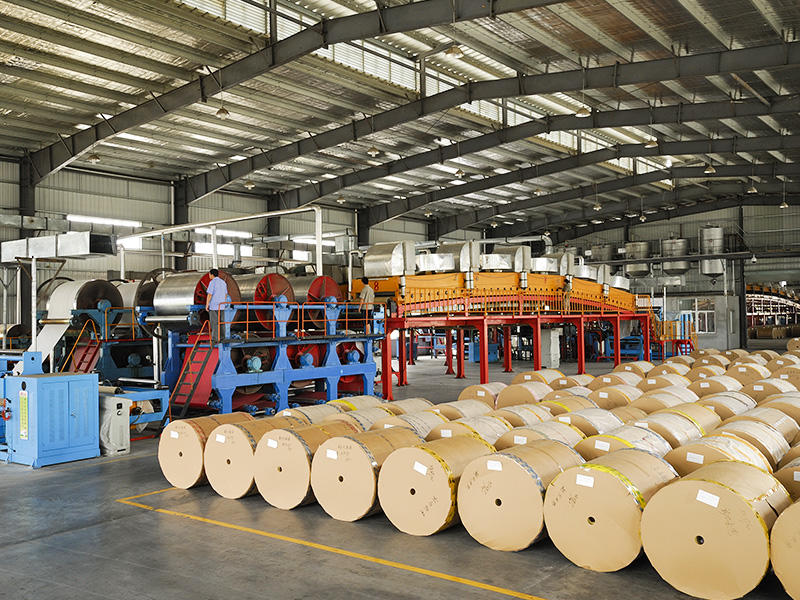Laminating
What Is Tape Laminating?
Laminating is a critical step in adhesive tape production that bonds multiple material layers (e.g., films, foils, or fabrics) to create composite structures with enhanced properties like strength, weather resistance, or conductivity
. This process is vital for industrial, medical, and electronic tapes.
Key Laminating Techniques in Tape Manufacturing
1. Dry Laminating
- Process: Adhesive is coated onto one substrate, dried in ovens, and pressed onto a second layer.
- Advantages: Low solvent residue, high precision (ideal for electronics)
- Applications: PET film-aluminum foil composites
2. Wet Laminating
- Process: Layers are bonded before the adhesive fully dries.
- Drawbacks: Longer curing times and higher solvent use
- Uses: Paper-based packaging tapes
3. Hot-Melt Laminating
- Process: Heat-activated adhesives (no solvents) bond layers under pressure.
- Benefits: Eco-friendly, cost-effective.
- Examples: Hygiene product tapes
4. Solvent-Free Laminating
- Process: 100% solid adhesives reduce VOC emissions.
- Applications: Food-safe or medical tapes
Step-by-Step Laminating Workflow
- Material Preparation:
- Substrates (PET, PE, aluminum foil) are cleaned and treated (e.g., corona/plasma) to boost adhesion
- Substrates (PET, PE, aluminum foil) are cleaned and treated (e.g., corona/plasma) to boost adhesion
- Adhesive Coating:
- Roller, blade, or spray methods ensure even adhesive distribution
- Roller, blade, or spray methods ensure even adhesive distribution
- Curing:
- Heat (50–150°C) or UV light solidifies the adhesive
- Heat (50–150°C) or UV light solidifies the adhesive
- Quality Checks:
- Peel Strength (≥5 N/cm)
- Thickness Uniformity (±2 µm tolerance)
- Defect Detection (bubbles, wrinkles)
- Peel Strength (≥5 N/cm)
Common Laminating Challenges & Fixes
| Issue | Cause | Solution |
|---|---|---|
| Bubbles | Uneven glue or low pressure | Optimize coating; increase pressure |
| Delamination | Incomplete curing | Extend curing time/temperature |
| Material Warping | Overheating or tension | Adjust temperature and roll speed |
Industrial Applications of Laminated Tapes
- Electronics: Copper foil-conductive adhesive tapes for EMI shielding
- Healthcare: Breathable nonwoven tapes with hypoallergenic adhesives
- Construction: Weather-resistant PE-aluminum composites
- Packaging: High-strength BOPP films for carton sealing
Future Trends in Laminating Technology
- Sustainability: Shift to water-based adhesives and recyclable materials
- Automation: AI-driven parameter adjustments for defect prevention
- Smart Features: Integration of sensors for real-time quality monitoring
Conclusion
Tape laminating is a versatile, evolving process that balances material science with precision engineering. By adopting advanced techniques like solvent-free adhesives and AI-driven quality control, manufacturers can meet rising demands for durable, eco-friendly tapes.



